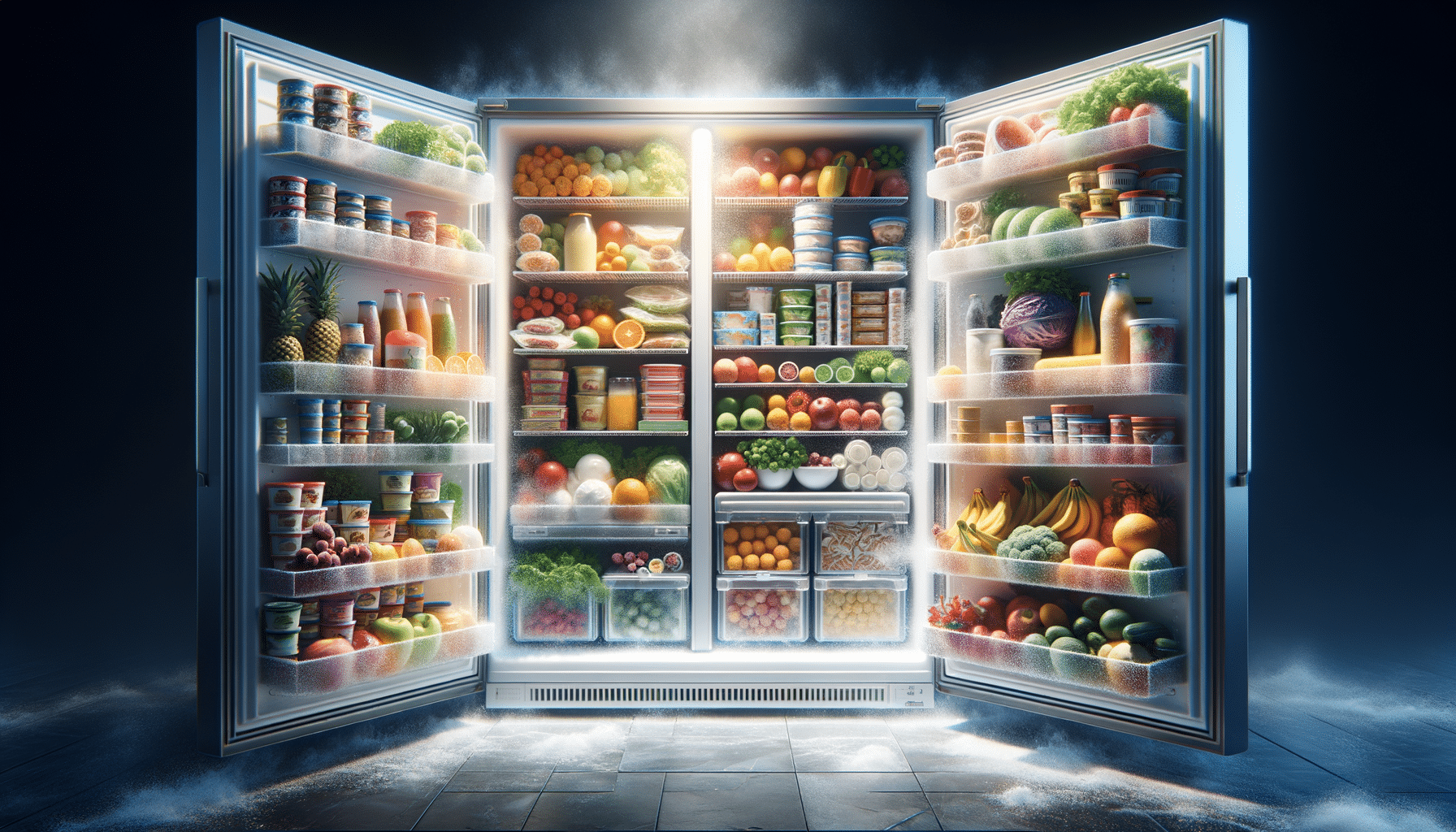
Introduction to Freezers
Freezers are an essential appliance in modern kitchens, offering a convenient way to preserve food for extended periods. They have revolutionized the way we store perishables, making it possible to keep food fresh and safe from spoilage. Understanding the different types of freezers and their unique features is crucial for making an informed purchase decision that suits your needs.
In this article, we will explore the various aspects of freezers, including their types, energy efficiency, storage options, and maintenance tips. Whether you are considering a new purchase or looking to optimize the use of your current freezer, this guide will provide valuable insights to enhance your kitchen experience.
Types of Freezers
Freezers come in several types, each designed to meet different storage needs and space constraints. The most common types include:
- Upright Freezers: These resemble refrigerators with vertical doors, offering easy access and organized shelving. They are ideal for those who need frequent access to frozen items.
- Chest Freezers: Known for their large storage capacity, chest freezers are perfect for bulk storage. They are energy-efficient but require more floor space and can be challenging to organize.
- Drawer Freezers: These are built-in units that blend seamlessly with kitchen cabinetry, offering a stylish and convenient storage solution.
- Portable Freezers: Compact and lightweight, portable freezers are suitable for travel and outdoor activities, providing flexibility and convenience.
Choosing the right type of freezer depends on your available space, storage needs, and budget. Consider the frequency of use and the types of items you plan to store when making your decision.
Energy Efficiency and Features
Energy efficiency is a critical factor when selecting a freezer, as it impacts both the environment and your utility bills. Look for models with the Energy Star certification, which indicates superior energy performance. Additionally, consider the following features:
- Frost-Free Operation: This feature prevents ice buildup, reducing the need for manual defrosting and maintaining consistent temperature levels.
- Temperature Control: Adjustable thermostats allow you to set precise temperatures, ensuring optimal storage conditions for different types of food.
- Alarms and Indicators: Some models come equipped with alarms to alert you if the temperature rises unexpectedly, safeguarding your food.
- Lighting: Interior lighting enhances visibility, making it easier to locate items, especially in larger freezers.
By prioritizing energy-efficient models with useful features, you can enjoy long-term savings and improved performance.
Organizing and Maximizing Storage Space
Proper organization is key to maximizing the storage capacity of your freezer. Here are some tips to help you keep your freezer organized and efficient:
- Label and Date Items: Clearly label and date all items to track their freshness and avoid unnecessary waste.
- Use Containers and Bins: Invest in stackable containers and bins to categorize and separate different types of food, making it easier to locate items.
- Rotate Stock: Practice the first-in, first-out method by placing newer items at the back and older ones at the front to ensure nothing gets forgotten.
- Utilize Shelves and Drawers: Make use of shelves and drawers to organize items by category, such as meats, vegetables, or prepared meals.
By implementing these strategies, you can enhance the efficiency of your freezer and reduce food waste.
Maintenance and Care Tips
Regular maintenance is essential for keeping your freezer in optimal condition and extending its lifespan. Here are some maintenance tips to consider:
- Clean the Interior: Periodically clean the interior with a mild detergent and warm water to remove spills and odors.
- Check the Seals: Inspect door seals regularly to ensure they are airtight, preventing cold air from escaping and reducing energy consumption.
- Defrost When Necessary: If your freezer is not frost-free, defrost it when ice buildup exceeds a quarter-inch to maintain efficiency.
- Monitor Temperature: Use a thermometer to ensure the freezer maintains a consistent temperature of 0°F (-18°C) for safe food storage.
By following these maintenance tips, you can ensure your freezer operates efficiently and prolong its service life.
